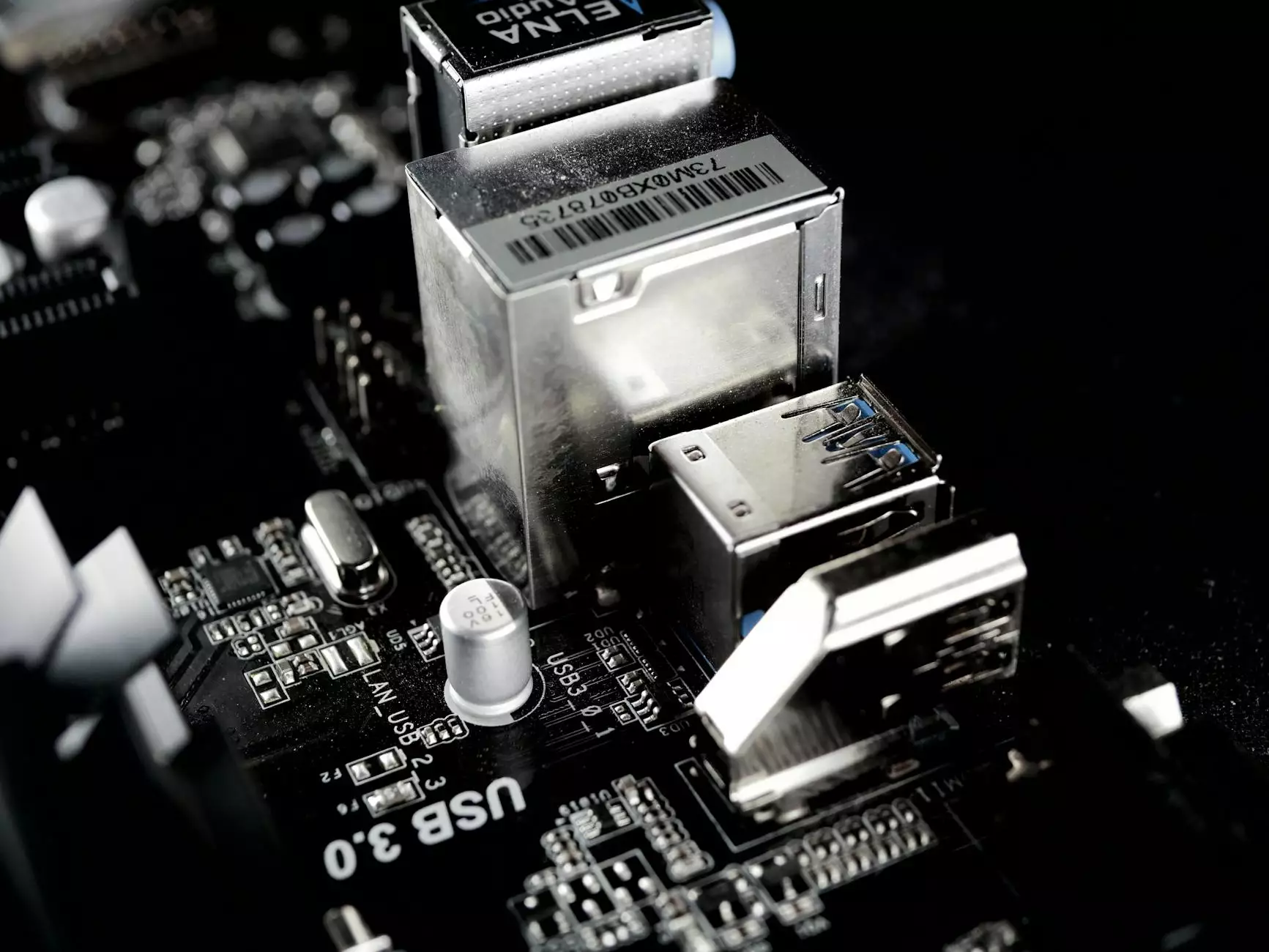Understanding Automatic Transmission Electronic Control Units

The automotive industry has seen tremendous advancements over the years. One of the most pivotal developments is in the realm of transmission systems, particularly the automatic transmission electronic control unit (AT-ECU). Understanding AT-ECUs is crucial for manufacturers, repair shops, and vehicle enthusiasts alike.
What is an Automatic Transmission Electronic Control Unit?
The automatic transmission electronic control unit is a sophisticated component that governs the shifting operations of an automatic transmission. It uses a combination of sensors and software algorithms to manage the gears based on various factors such as speed, throttle position, and engine load.
Key Functions of the AT-ECU
- Gear Shifting Control: The AT-ECU decides when to upshift or downshift based on driving conditions.
- Performance Optimization: It helps in optimizing engine performance, enhancing fuel efficiency while maintaining power delivery.
- Diagnostics: The unit can detect and report faults, allowing for timely maintenance interventions.
- Adaptive Learning: Modern AT-ECUs can adapt to driving styles, improving their shifting patterns for better performance.
The Role of Sensors in AT-ECU Functionality
Sensors play a critical role in the operation of an automatic transmission electronic control unit. They provide real-time data that the ECU uses to make informed decisions. Common sensors include:
- Throttle Position Sensor (TPS): This sensor detects the position of the accelerator pedal, allowing the ECU to make shifting decisions based on driver input.
- Vehicle Speed Sensor (VSS): By measuring the speed of the vehicle, the VSS helps the ECU determine the optimal timing for gear changes.
- Transmission Fluid Temperature Sensor (TFT): This sensor monitors the temperature of the transmission fluid, ensuring that the system operates within safe limits.
Benefits of an Advanced AT-ECU
Investing in advanced automatic transmission electronic control units offers numerous advantages for vehicle manufacturers and users:
- Improved Fuel Efficiency: By matching engine performance with transmission settings, AT-ECUs contribute to better fuel economy, which is particularly important as environmental regulations tighten.
- Smoother Gear Changes: The advanced algorithms ensure that gear changes are seamless, enhancing the driving experience.
- Enhanced Durability: Efficient management of gear shifts and fluid temperatures can lead to reduced wear and tear on transmission components.
- Fewer Repairs: The diagnostic capabilities of AT-ECUs enable early detection of potential issues, minimizing the risk of severe damage.
Challenges Faced in Automatic Transmission Control
While the advancement in automatic transmission electronic control units has brought about many improvements, several challenges persist:
- Complexity: The integration of various sensors and software can make the system complex, requiring specialized knowledge for repairs and maintenance.
- Cost: High-quality AT-ECUs can be expensive, impacting overall vehicle production and repair costs.
- Dependency on Software: Software glitches or compatibility issues can adversely affect transmission performance, necessitating regular updates and diagnostics.
Future Trends in Automatic Transmission Control Systems
The future of automatic transmission electronic control units looks promising, as innovation continues to shape the automotive landscape. Here are some trends to watch:
- Artificial Intelligence: The integration of AI can lead to even smarter automatic transmissions, capable of making real-time decisions based on a multitude of variables.
- Increased Connectivity: With the rise of connected vehicles, AT-ECUs will likely become part of a larger ecosystem, sharing data with other vehicle systems for optimized performance.
- Electrification: As electric vehicles (EVs) become more prevalent, AT-ECUs will evolve to manage the unique aspects of electric drivetrains.
Choosing the Right Automatic Transmission Electronic Control Unit
For automotive repair shops and enthusiasts, selecting the appropriate automatic transmission electronic control unit is crucial. Here are some tips to consider:
- Compatibility: Ensure that the AT-ECU is compatible with the specific vehicle make and model.
- Quality and Reliability: Opt for OEM (Original Equipment Manufacturer) parts when possible, as they ensure quality and reliability.
- Warranty: Check for warranty coverage, which can provide peace of mind in case of unexpected issues.
Conclusion
In the realm of automotive technology, the automatic transmission electronic control unit is a cornerstone of modern vehicle performance and efficiency. As vehicles continue to evolve, so too will the technologies that manage their systems. Understanding the functionality and importance of AT-ECUs helps both consumers and professionals appreciate the intricate art of automatic transmission management.
At Shenghai Auto Parts, we are committed to providing high-quality auto parts and supplies, including advanced AT-ECUs. Explore our offerings to enhance your vehicle's performance today.









